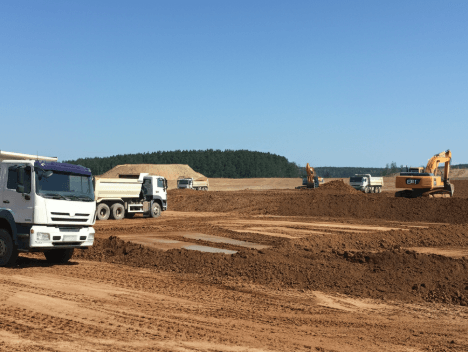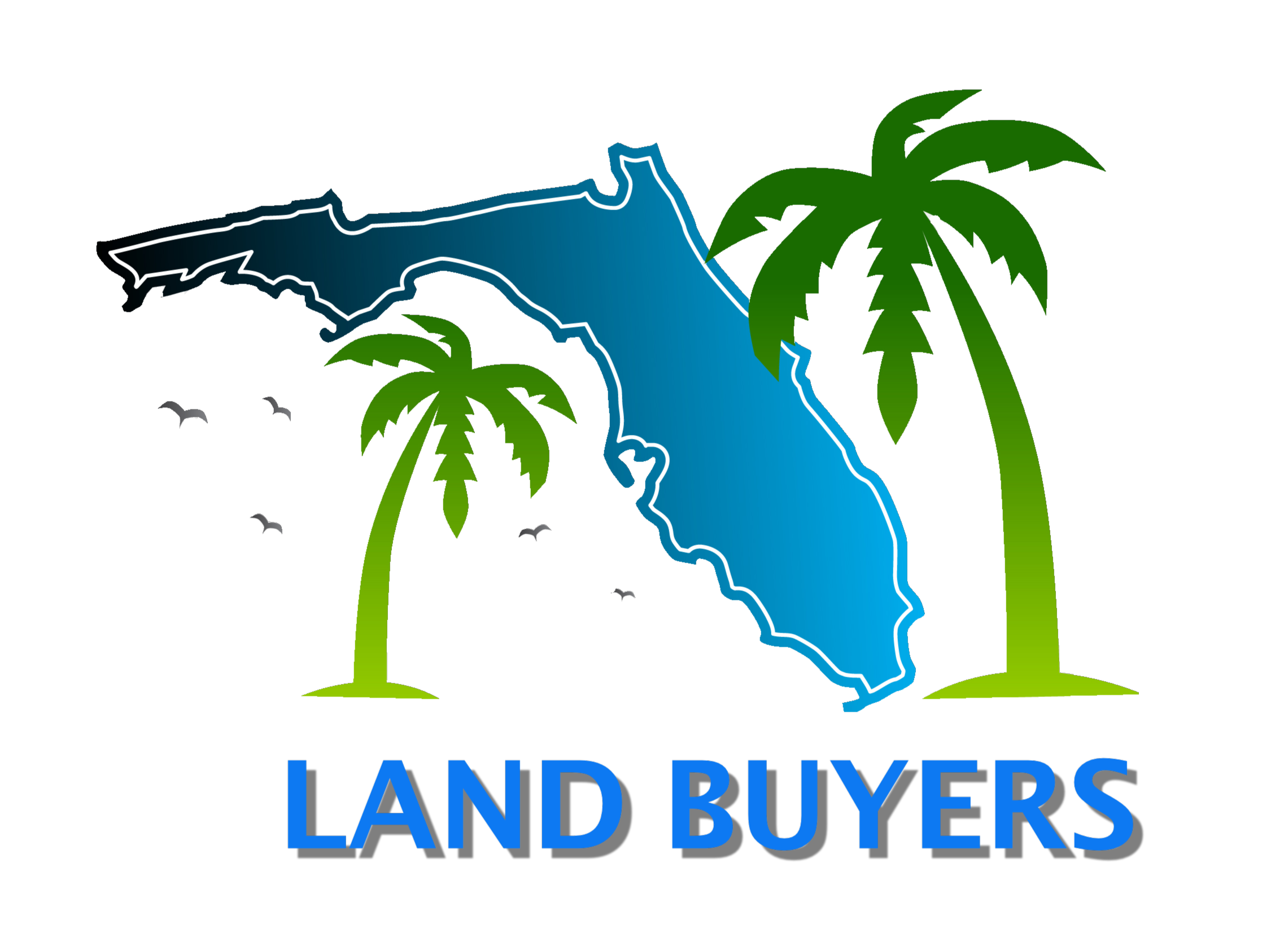How much does it cost to fill my land in Florida? The cost to fill land in Florida can vary widely, from $15 to $40 per cubic yard, depending on the type of fill material required and the property’s geographic location. Welcome to our latest blog post, “Budgeting Basics: How Much Does it Cost to Fill My Land in Florida?” This resourceful guide aims to provide homeowners and property investors with a comprehensive understanding of the factors influencing the “cost to fill my land in Florida.” Navigating the specifics of land development, we will explore various components contributing to the overall “cost to fill my land in Florida,” ensuring that you are well-prepared to budget for your upcoming projects effectively. Whether you’re looking to build your dream home or develop a property, understanding the costs involved is crucial for a successful outcome.
Real estate investors such as Steve Daria and Joleigh have noted the importance of accurately estimating landfill costs in their Florida-based projects. Their experiences underscore that having a precise budget can significantly impact the overall profitability and timeline of development projects.
Introduction to Land Filling and Its Importance
Before we delve into the “cost to fill my land in Florida,” it’s crucial to understand that landfilling, adding soil or other materials to a piece of land to prepare it for construction, is a pivotal step in land development.
It provides a stable foundation, prevents flooding, and ensures proper drainage, which are significant concerns in a state known for its wetlands and hurricane season.
The complexity and importance of this process often directly impact the cost of filling land, making it a critical factor in budgeting for any construction project in Florida.

Key Factors Influencing the Cost to Fill My Land in Florida
Several factors can influence the cost of filling your land, and being aware of these can help you better prepare and budget for your project. These include:
Size and Scope of the Project
The larger the land area that needs filling, the higher the cost.
The type of project, whether residential, commercial, or industrial, can also affect the amount and kind of fill needed.
Type of Fill Material
The cost can change significantly depending on the type of fill material required. Common fill materials include clean-fill dirt, sand, and gravel.
The choice of material will rest on the specific needs of your project and the local soil conditions.
Accessibility and Location
Land that’s difficult to access or located in remote areas may incur higher transportation costs for the fill material.
Additionally, the proximity to supply yards can also affect the overall cost.
Environmental and Permitting Requirements
Florida’s environmental regulations can necessitate additional steps or specific fill types, impacting the cost.
Additionally, obtaining the necessary permits can add to the overall expense.
Estimating the Cost to Fill My Land in Florida
Estimating the cost of filling your land involves considering the above factors and getting quotes from local contractors or fill material suppliers.
Prices can range widely, so obtaining multiple estimates is better to ensure a fair and accurate assessment.
Get Started: Get Your Cash Offer Below…
We are direct land buyers. There are no commissions or fees and no obligation whatsoever. Start below by sharing where your property is and where we can send your offer…
Strategies for Managing the Cost of Filling Your Land
Differentiating prices and negotiating with suppliers and contractors, there are several strategies for managing the cost to fill your land effectively:
Evaluate Fill Needs
Before proceeding with any fill project, thoroughly evaluate your land’s requirements.
Determine the volume of fill material needed, the desired level of compaction, and any specific characteristics required for your project.
By accurately assessing your fill needs, you can avoid overestimating or underestimating the required material, thus minimizing unnecessary expenses.
Consider Alternative Fill Materials
While traditional fill materials such as soil, sand, or gravel are commonly used, exploring alternative options can offer cost-saving opportunities.
Research alternative fill materials such as recycled aggregates, crushed concrete, or fly ash, which may be more affordable while still meeting your project’s requirements.
Additionally, consider sourcing fill material locally to reduce transportation costs and environmental impact.
Optimize Delivery and Placement
Efficient delivery and placement of fill material can minimize costs and maximize productivity.
Coordinate closely with suppliers and contractors to schedule deliveries at optimal times, minimizing downtime and ensuring a steady material supply as needed.
Additionally, plan for efficient placement methods, such as using machinery with precise placement capabilities or employing techniques like soil stabilization to minimize material loss and ensure uniform compaction.

Implement Cost-Saving Measures
Look for opportunities to implement cost-saving measures throughout the filling process.
This could include bundling fill projects with other site development activities to achieve economies of scale, maximizing the use of existing on-site materials, or strategically phasing fill operations to align with project milestones and cash flow requirements.
Additionally, explore potential incentives or rebates for using recycled or environmentally friendly fill materials, which may offset costs and provide long-term savings.
Monitor Progress and Costs
Throughout the filling process, closely monitor progress and costs to identify potential cost overruns or inefficiencies early on.
Maintain open communication with suppliers and contractors, track material usage and delivery schedules, and promptly address any issues or discrepancies to prevent them from escalating into more significant problems.
By staying vigilant and proactive, you can effectively manage costs and ensure your fill project stays within budget.
Plan for Efficiency
Collaboration with your contractor is critical when planning for efficiency in your landfilling project.
You can strategize to minimize the required fill material together while achieving the desired results.
Consider factors such as the topography of the land, existing drainage patterns, and intended land use to determine the most efficient approach.
Tips for Successful Land Filling
Before you begin the process of landfilling, especially in a unique terrain like Florida’s, it’s crucial to equip yourself with effective strategies.
Here are some essential tips for successful landfilling that can help minimize costs and maximize efficiency.
Hire Experienced Professionals
Choose a licensed contractor with experience in landfilling, particularly in Florida, to ensure your project meets all regulatory requirements and is completed successfully.
Conduct Soil Testing
Before beginning your project, conduct soil testing to determine the best fill material for your land and identify any potential issues.
Monitor the Process
Stay involved and monitor the filling process to ensure it meets your expectations and the project stays on track.
Frequently Asked Questions About the Cost to Fill My Land in Florida
In this section, we’ll tackle some of the most frequently asked questions about the ‘cost to fill my land in Florida,’ providing clarity and insight to help you better budget your project.
How much does it typically cost to fill my land in Florida?
The cost will depend widely on the factors discussed above. It’s best to get specific quotes for your project.
Can I reduce the cost of filling my land?
You can reduce costs by comparing prices, choosing alternative fill materials, and planning efficiently.
Do I need a permit to fill my land in Florida?
Yes, in most cases. However, the specific requirements vary by location, so check with your local permitting office.
Conclusion
Understanding the cost of filling your land is a critical component of budgeting for any construction project in Florida. By considering the key factors that influence cost, employing strategies to manage expenses, and following tips for successful landfilling, you can ensure your project is built on a solid foundation without breaking the bank. Remember, spending time researching and planning can save you money and headaches, making your dream project a reality.
**NOTICE: Please note that the content presented in this post is intended solely for informational and educational purposes. It should not be construed as legal or financial advice or relied upon as a replacement for consultation with a qualified attorney or CPA. For specific guidance on legal or financial matters, readers are encouraged to seek professional assistance from an attorney, CPA, or other appropriate professional regarding the subject matter.
